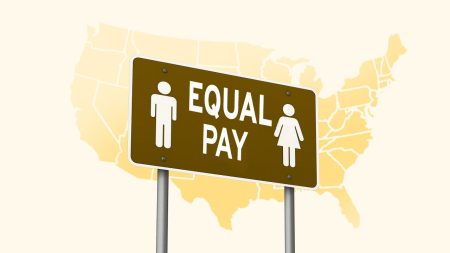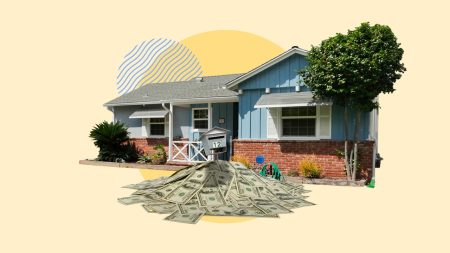Key takeaways
- Passed in 1975, the Home Mortgage Disclosure Act (HMDA) requires lenders to disclose certain details about their residential mortgage loans.
- Lenders must report information about who received their loans, like applicants’ gender and race, and who was denied, along with details about approved loans, like type and amount.
- Enforced by the Consumer Financial Protection Bureau (CFPB), HMDA prevents unfair lending practices that can be discriminatory to borrowers.
What is the Home Mortgage Disclosure Act (HMDA)?
The Home Mortgage Disclosure Act (HMDA) is a federal law passed in 1975 that requires mortgage lenders to collect and report loan-level data points about their portfolios and practices.
Today, the Consumer Financial Protection Bureau (CFPB) enforces HMDA.
How does the Home Mortgage Disclosure Act help borrowers?
By requiring mortgage lenders to report information about their lending practices, HMDA helps ensure accountability within residential mortgages — and, ideally, helps prevent discriminatory behavior.
History of HMDA reporting
Over the years, HMDA reporting has expanded, requiring more institutions to report on more types of loans.
For example, in 2018, financial institutions became obligated to report data related to home equity lines of credit (HELOCs). Further, institutions that originated at least 100 closed-end mortgages or 200 open-end lines of credit in the two preceding calendar years were required to report. In 2022, the threshold was adjusted so that institutions originating at least 25 closed-end mortgages were required to report.
Today, mortgage lenders are required to complete more than 100 fields on either an annual or quarterly basis, based on the institution’s size, according to Christopher Sicuranza, senior managing director specializing in financial services at Ankura, a consulting firm.
“The increase in the number of data fields, as well as improvements in public accessibility and the technological interface, allow for all members of the public to better understand and visualize lending patterns in their communities,” Sicuranza says.
What is included in HMDA reporting?
| Applicant information | Ethnicity, race, gender, income |
| Collateral details | Property type, location |
| Loan information | Application date, loan type, loan purpose, loan amount, mortgage rate spreads, fees, features like balloon payments |
| Loan status | Approved, denied, withdrawn, incomplete, reason for decision |
The data further include details about preapprovals and loans sold from one institution to another.
You can use the data to follow the trajectory of specific loans, for example, whether a borrower received a mortgage or if they were denied, if they didn’t complete the application or if something else happened to prevent the loan from being originated.
Some data are excluded from public reporting for privacy reasons, such as the applicant’s:
Additional fields — including exact loan amount, age, debt-to-income (DTI) ratio and property value — are modified into ranges for this same reason.
How can you access HMDA data online?
You can access HMDA data for free online through the CFPB website. Scroll to the “Download HMDA data” section, where you have the choice of downloading data from years 2007 to 2017 or accessing more recent data and summaries, including data for a particular financial institution.
The Federal Financial Institutions Examination Council (FFIEC) has the most recent HMDA data. There’s also a HMDA Data Browser that lets you filter, aggregate, download and visualize HMDA datasets.
Why is HMDA important?
HMDA data serve as a comprehensive source of publicly available information on the U.S. mortgage market. The information offers valuable insights, such as:
- Whether lenders adequately serve the mortgage lending needs in their area
- Whether lenders may be using discriminatory lending practices
- Whether an area needs public or private investment to help revitalize its property market
Most mortgage borrowers are unlikely to analyze HMDA data before choosing a lender. But the information gives regulators the tools to identify potential housing discrimination without jeopardizing consumer privacy. Public officials may use it to make better policy and budgetary decisions about local housing.
Lenders also use the data, says Kimberly Wachtel, former banking officer for Old Second National Bank in Chicago, Illinois. “It can tell us a lot about our own business, what our peers are doing, and where we may differ and/or align. When lenders are more in tune with their loan performance, they can better serve their communities.”
FAQ
Additional reporting by Jean Folger
Why we ask for feedback Your feedback helps us improve our content and services. It takes less than a minute to complete.
Your responses are anonymous and will only be used for improving our website.
Help us improve our content
Read the full article here












